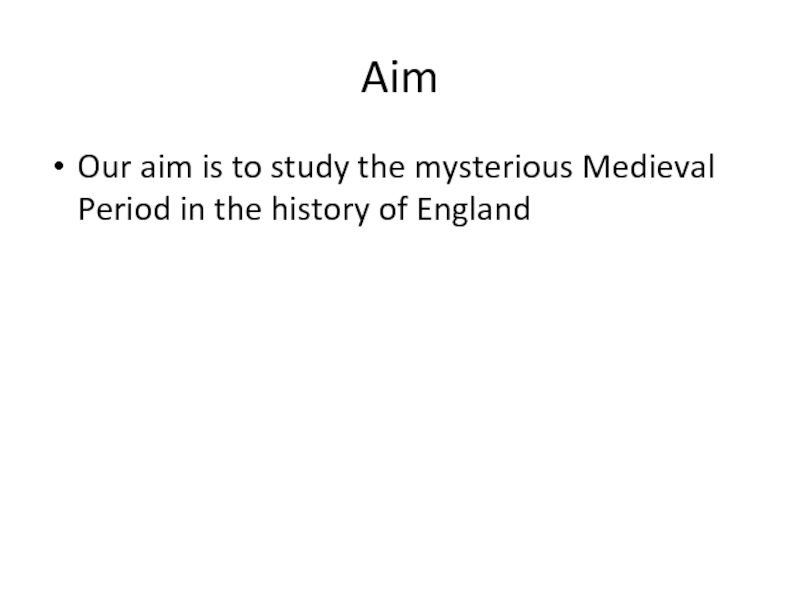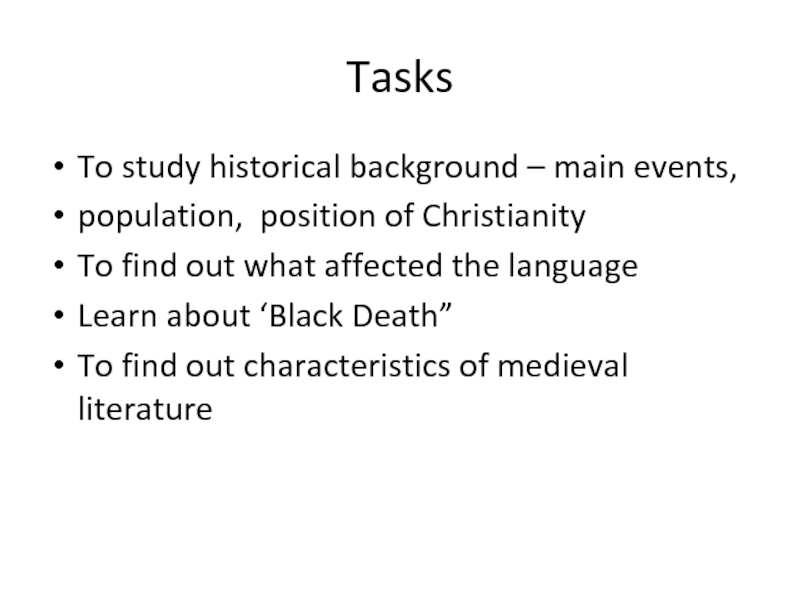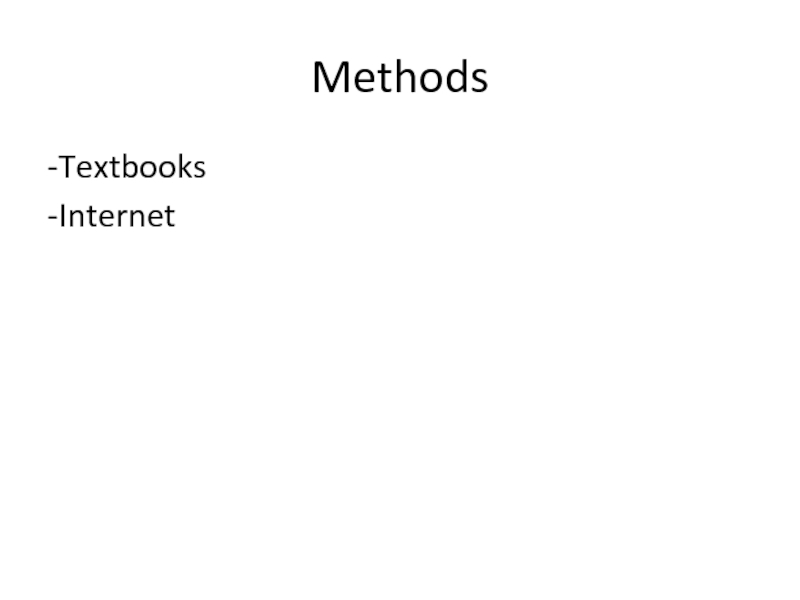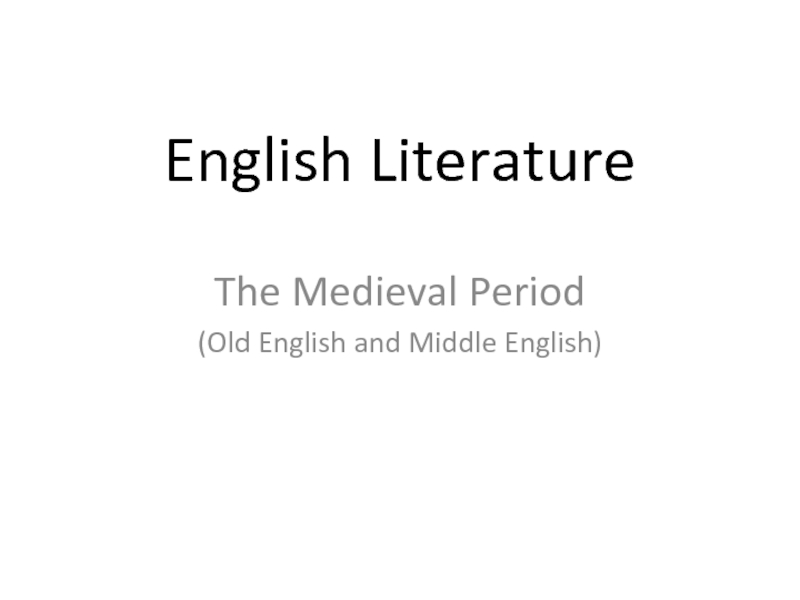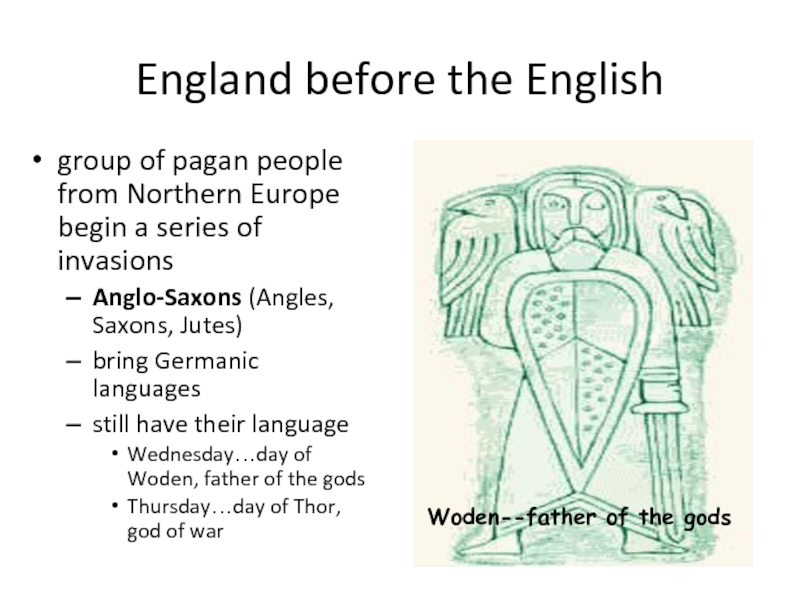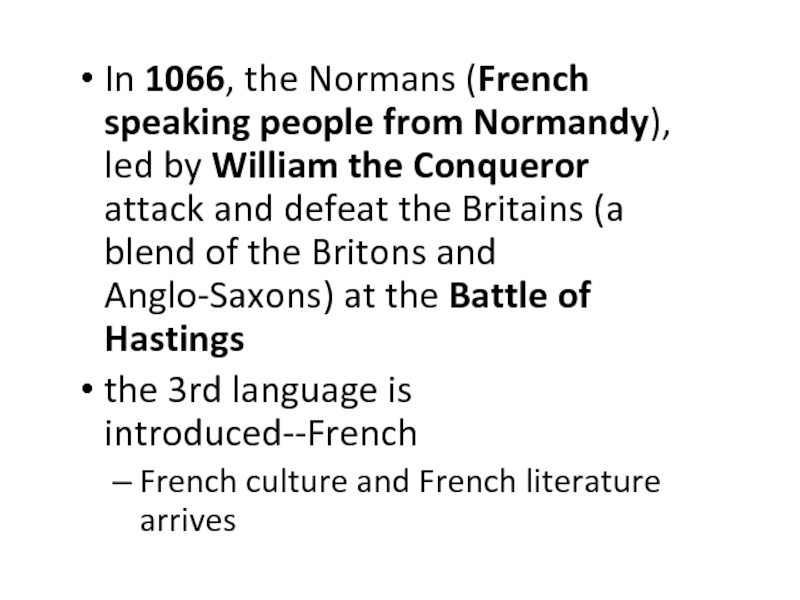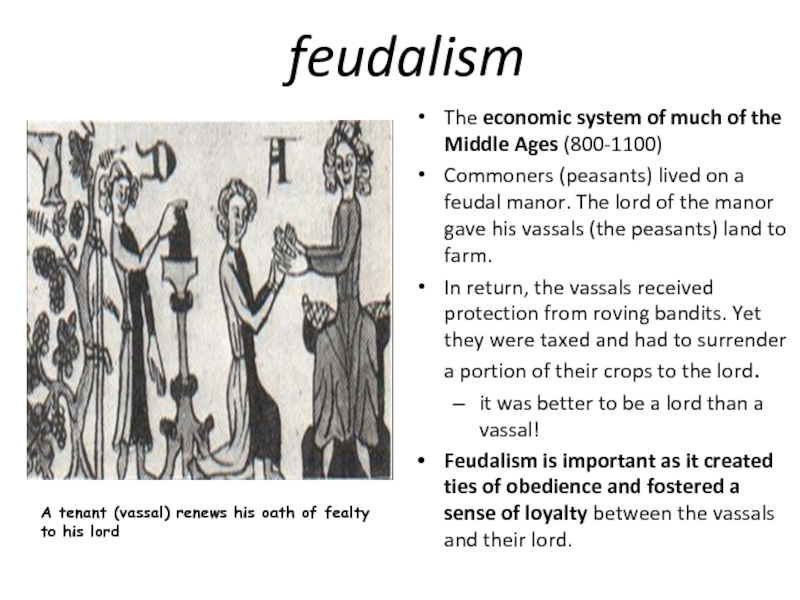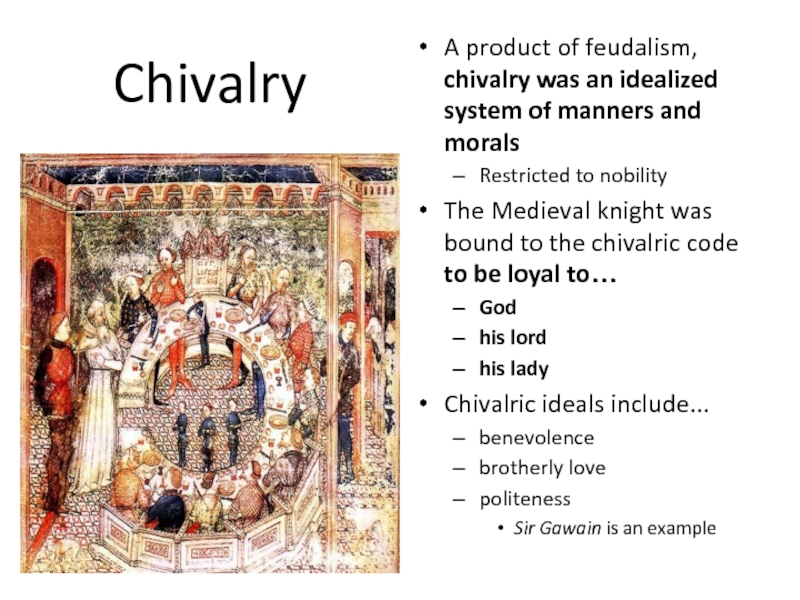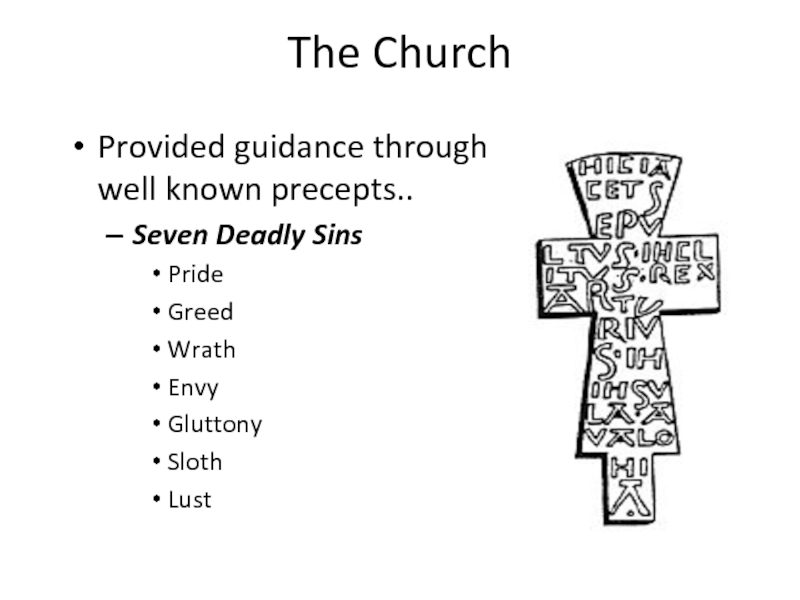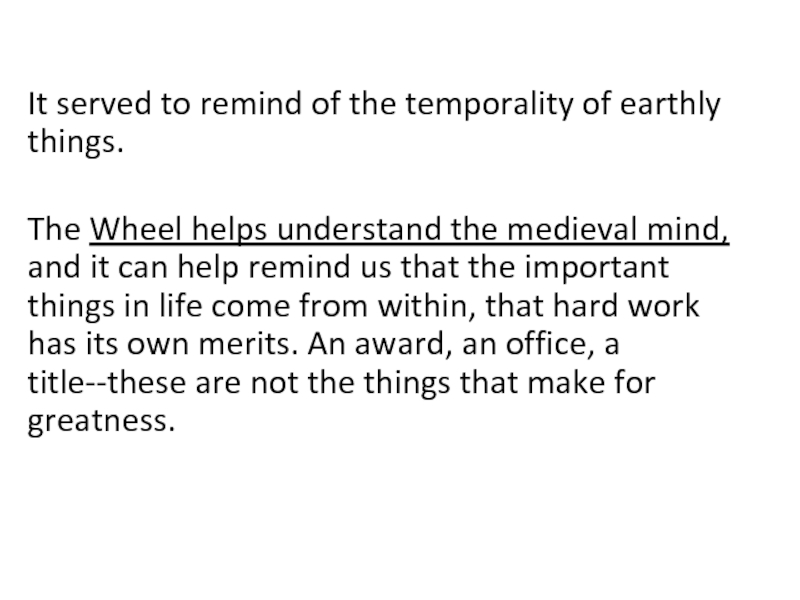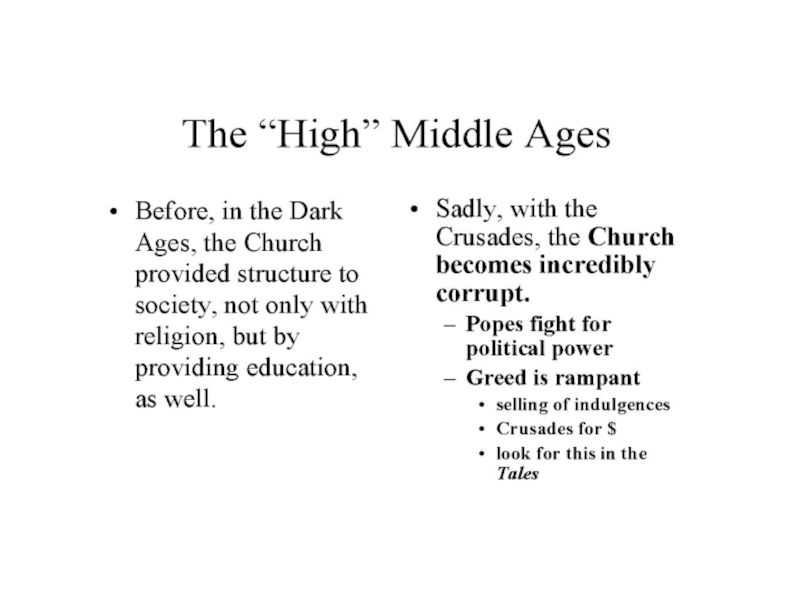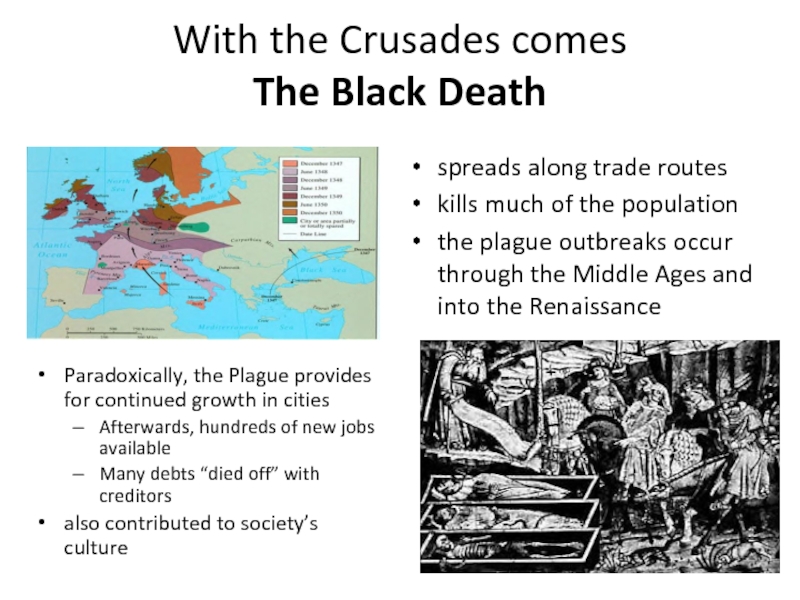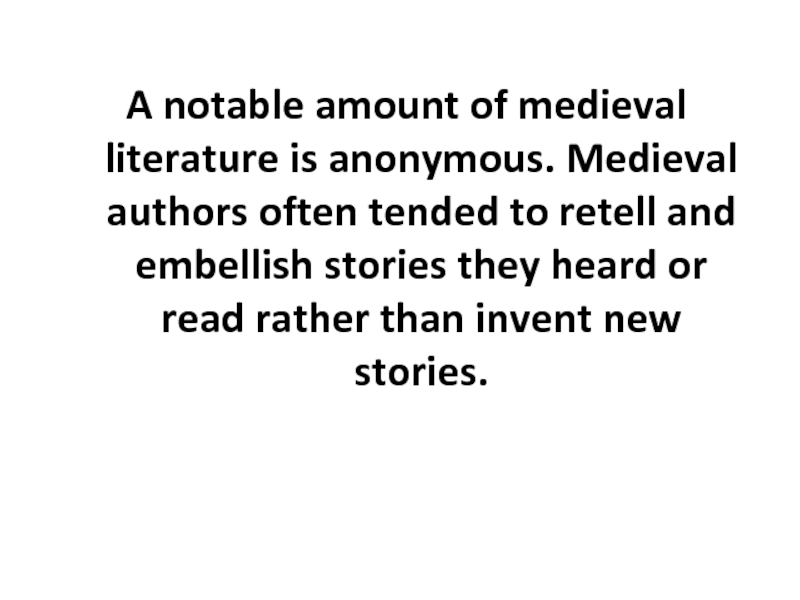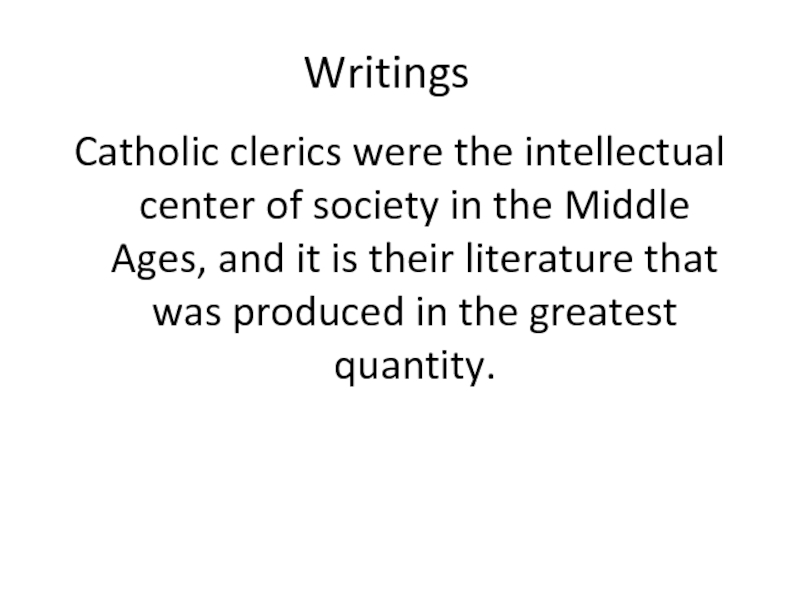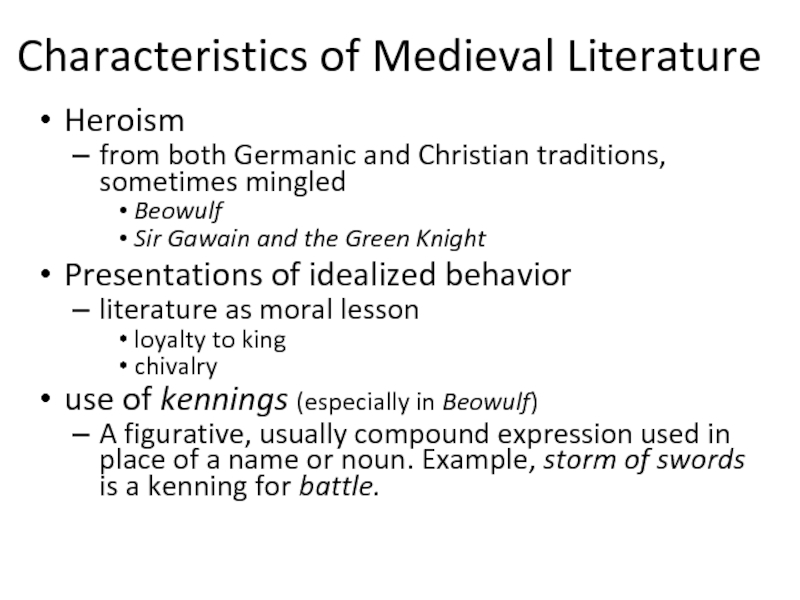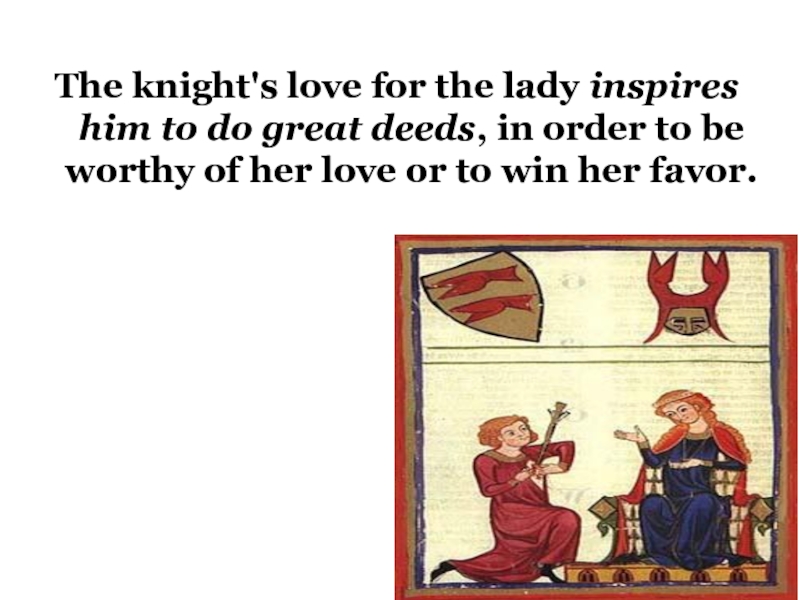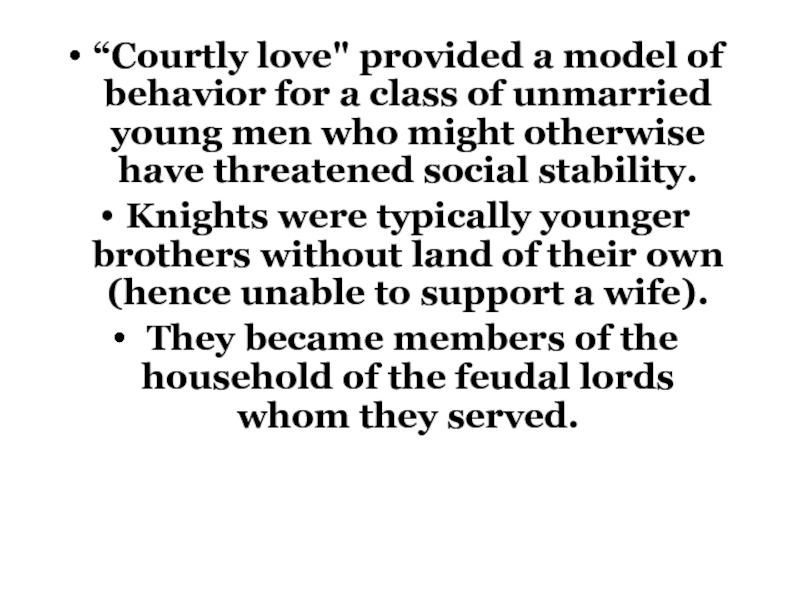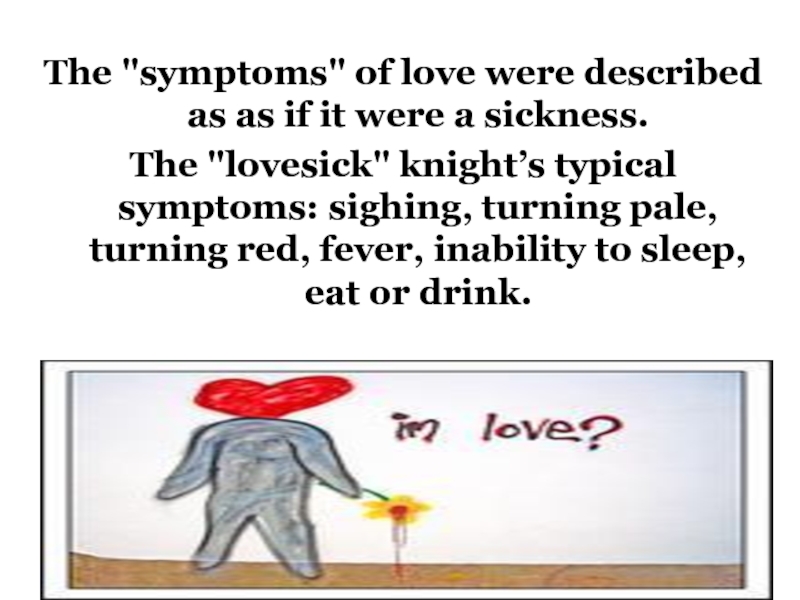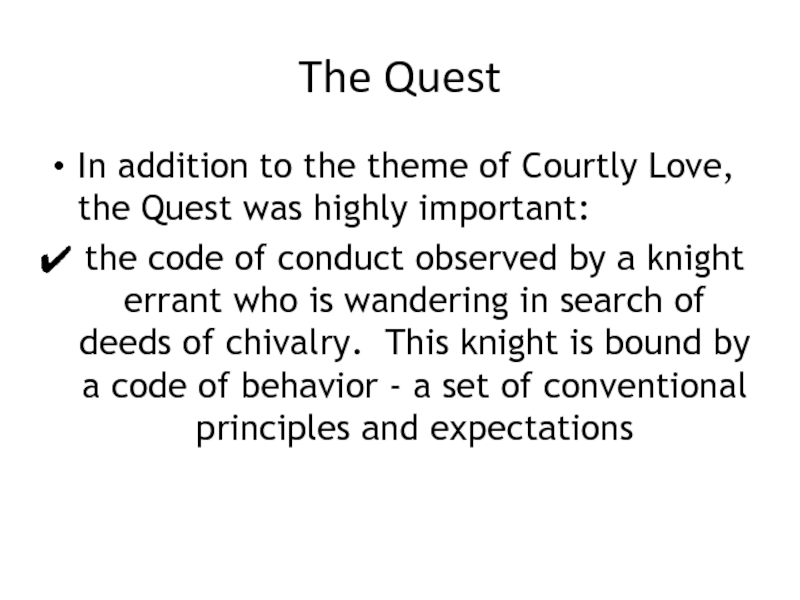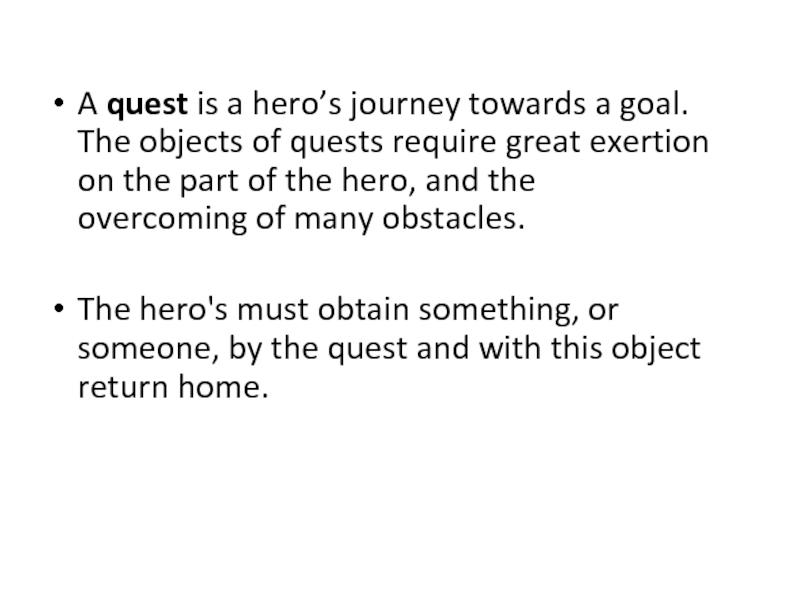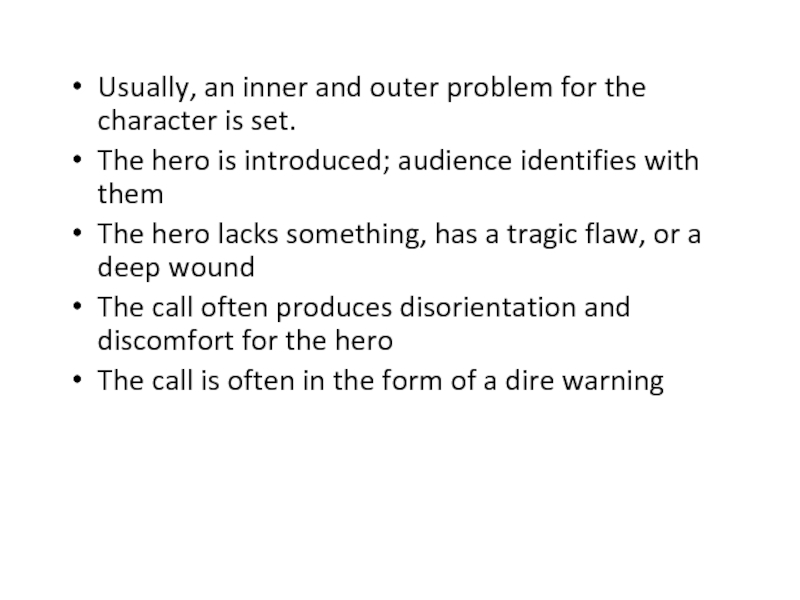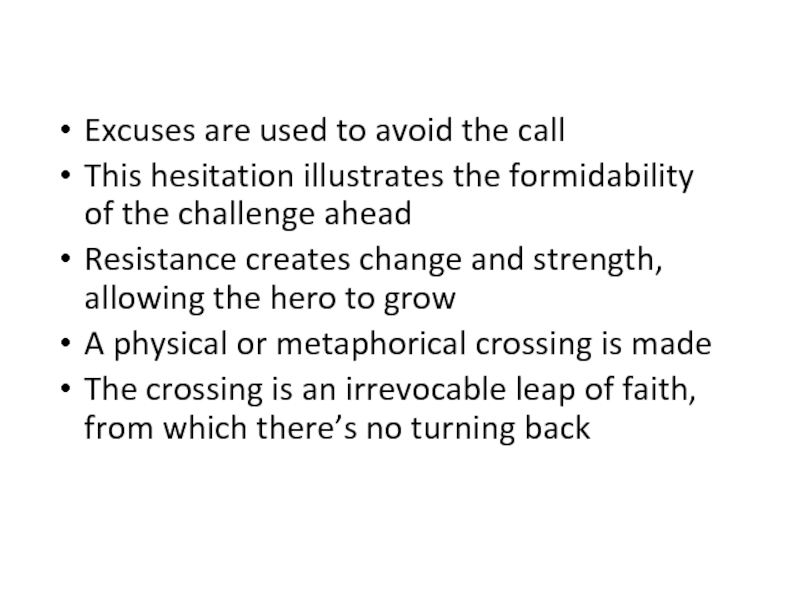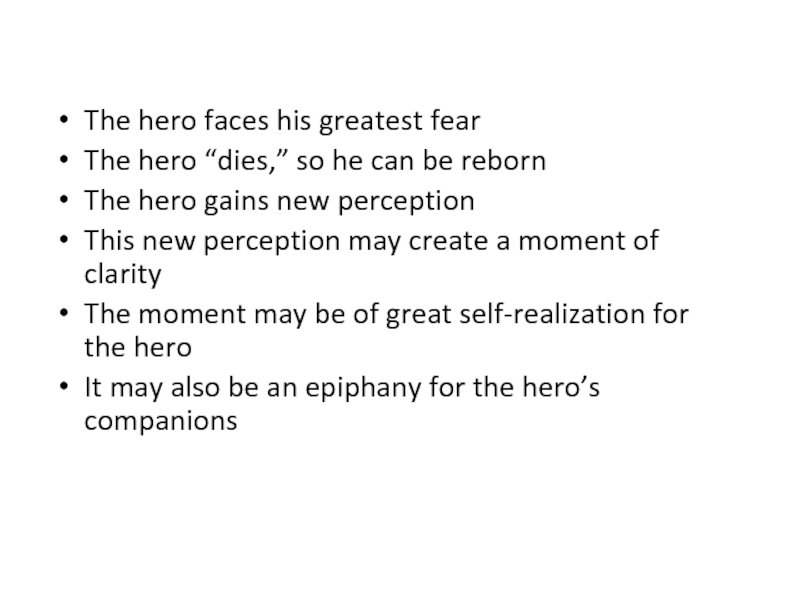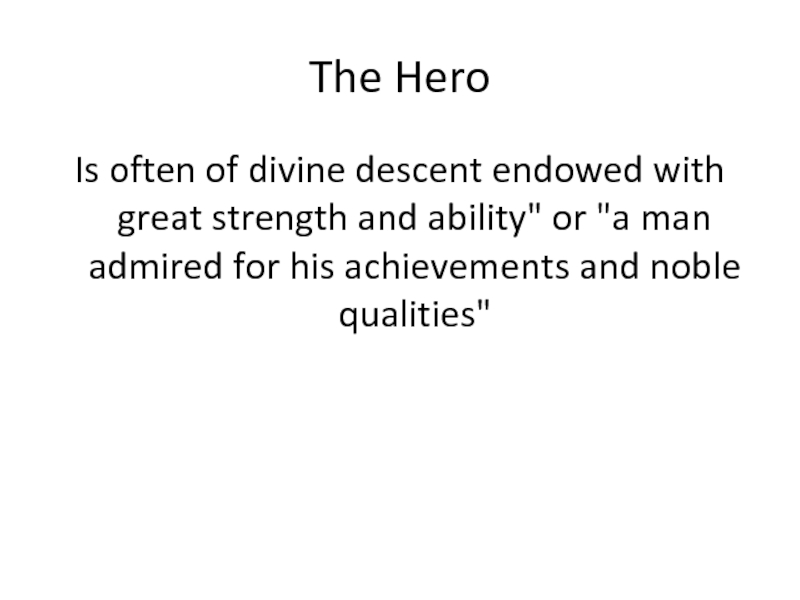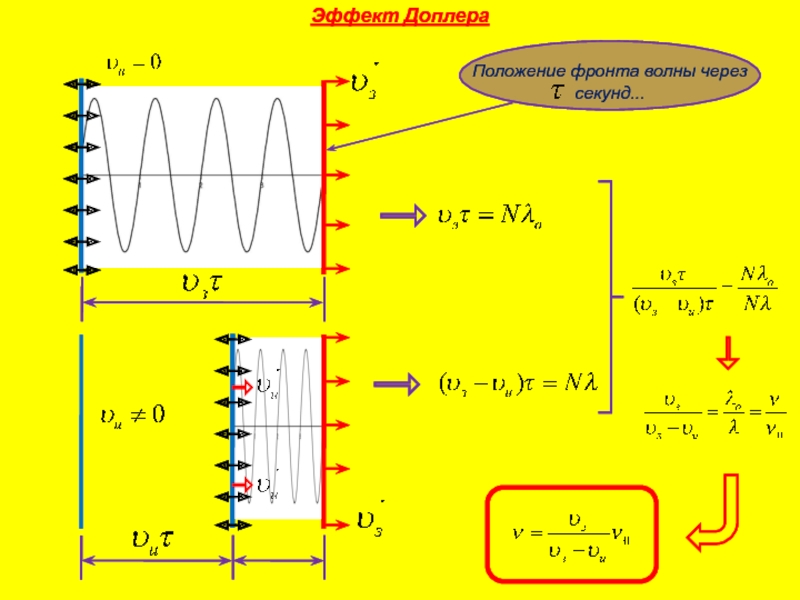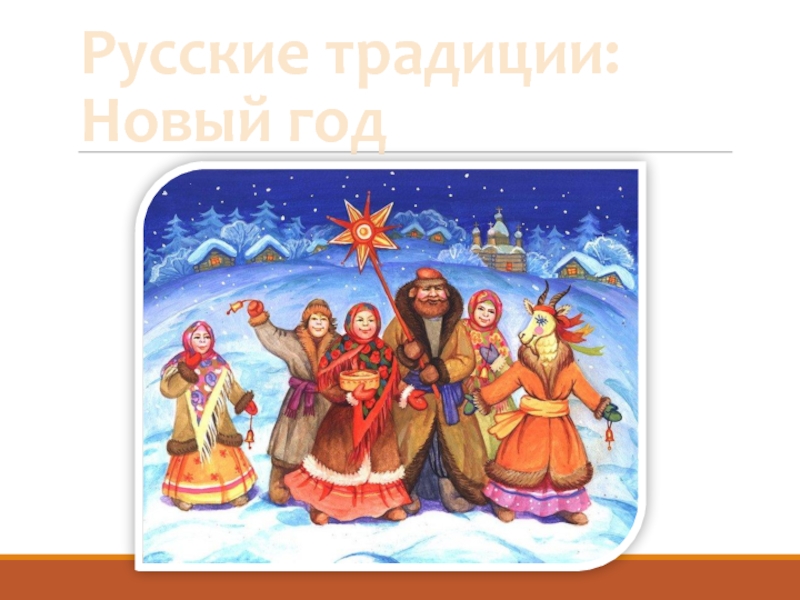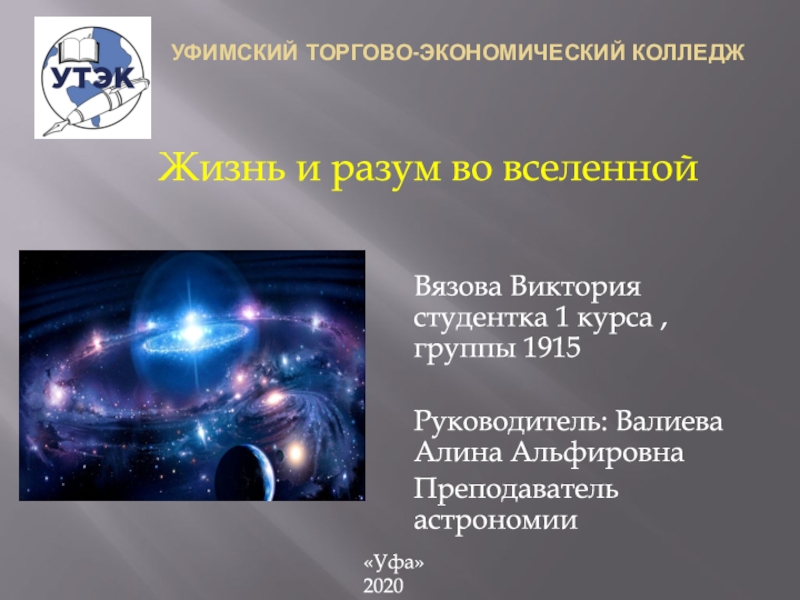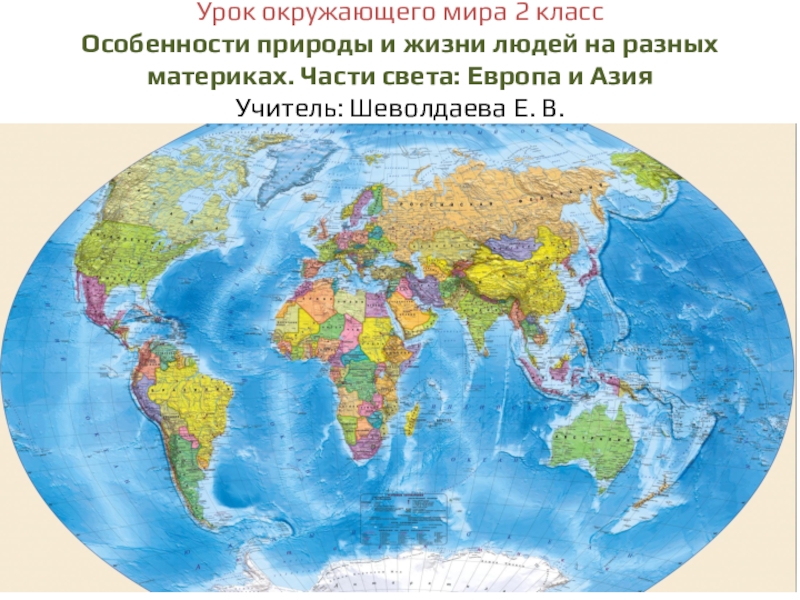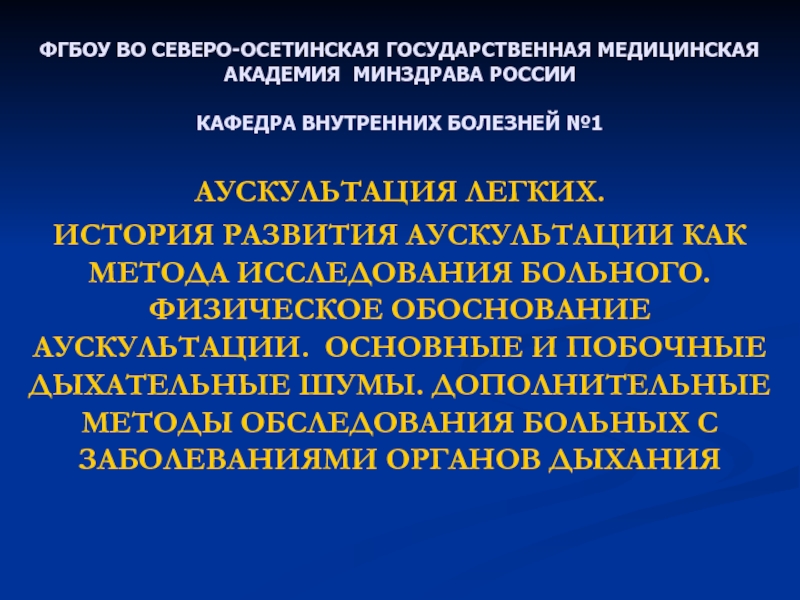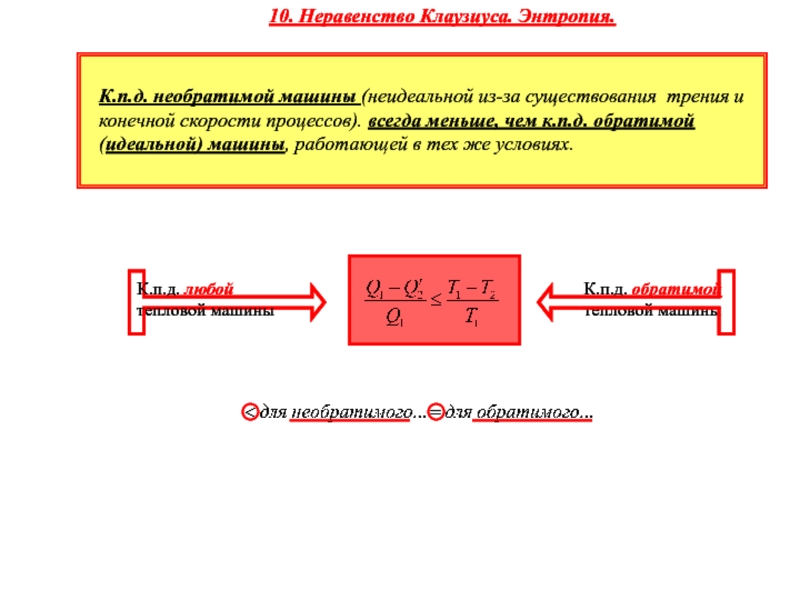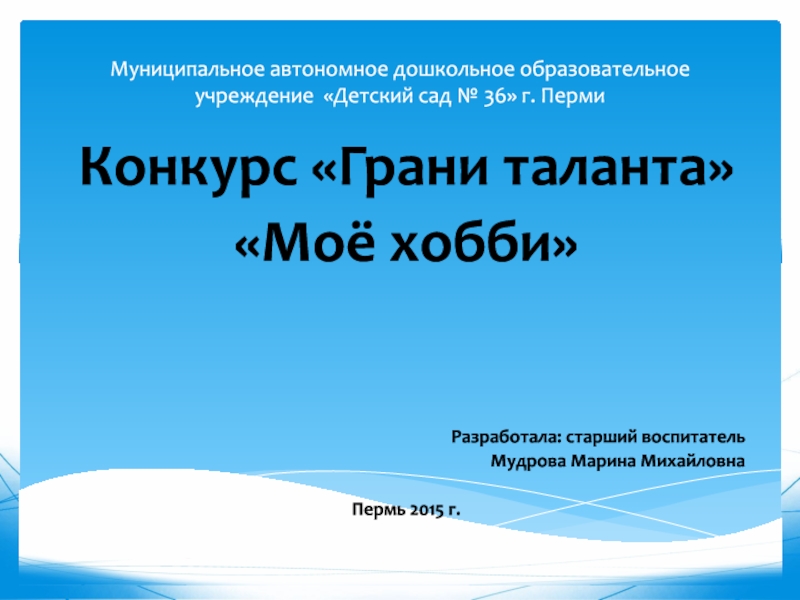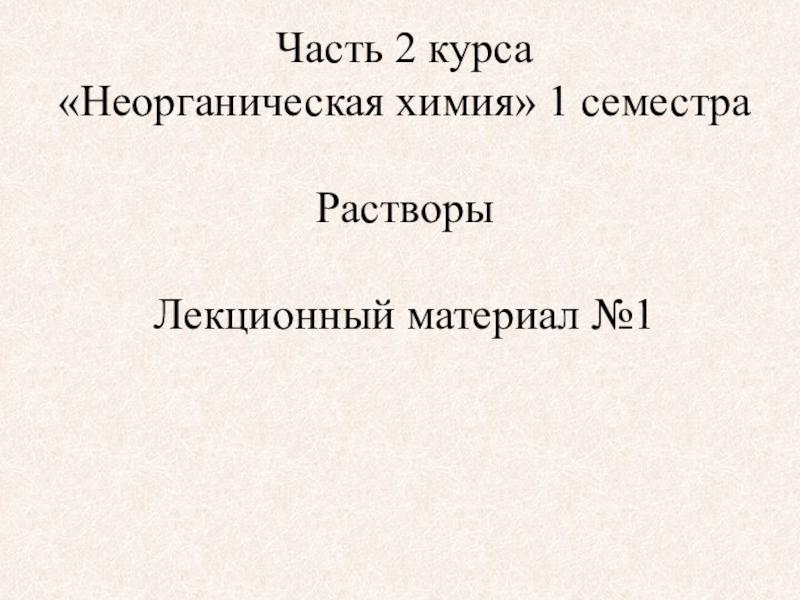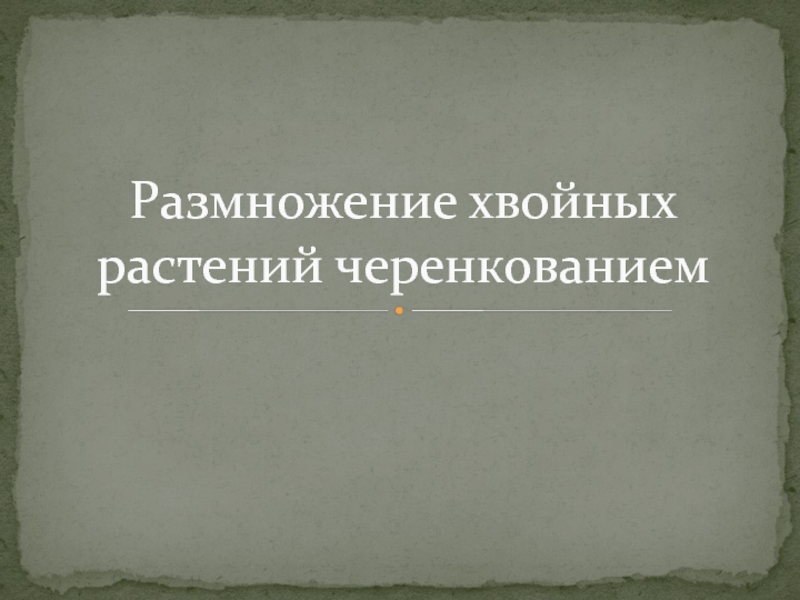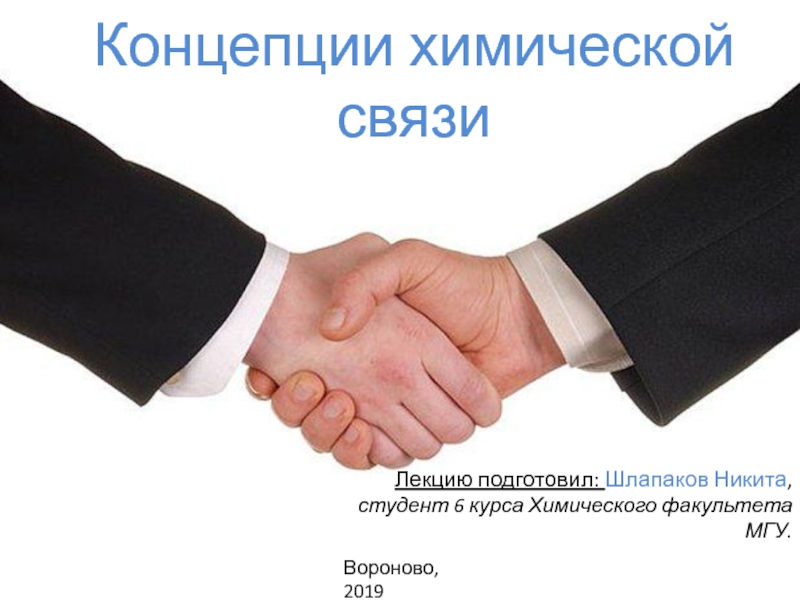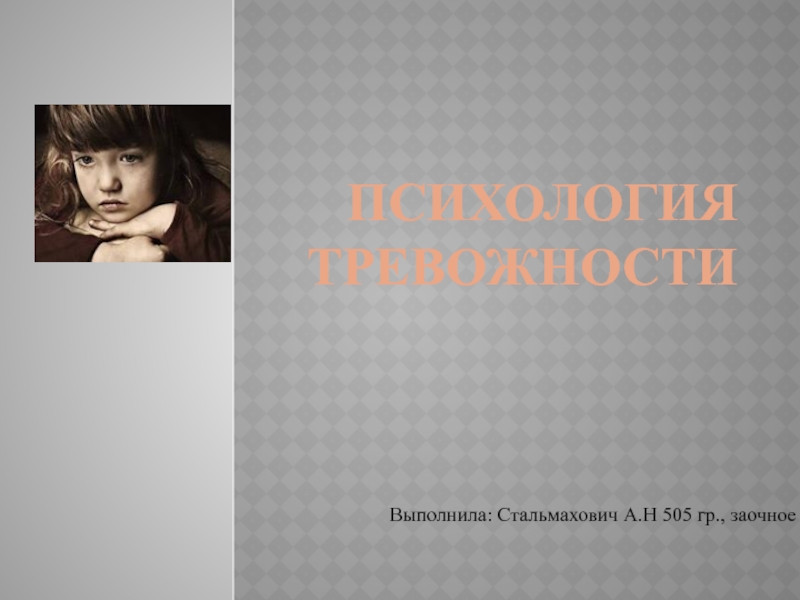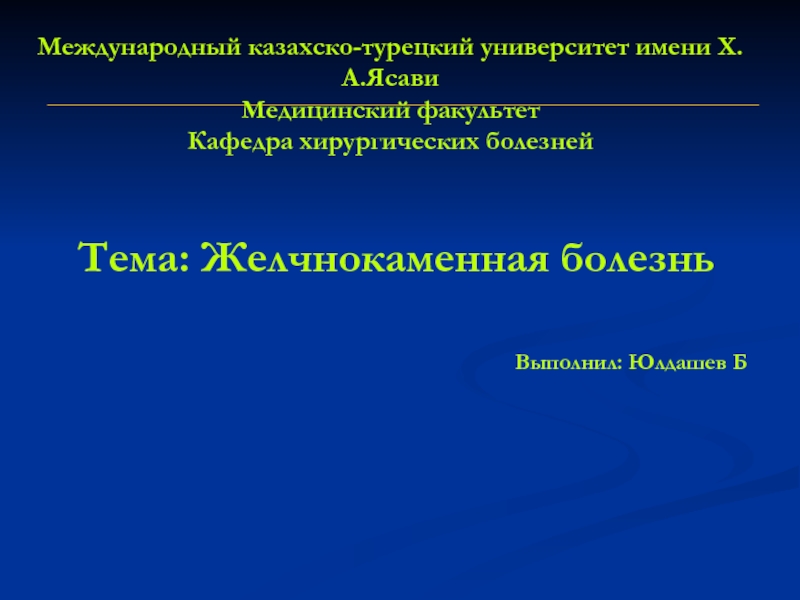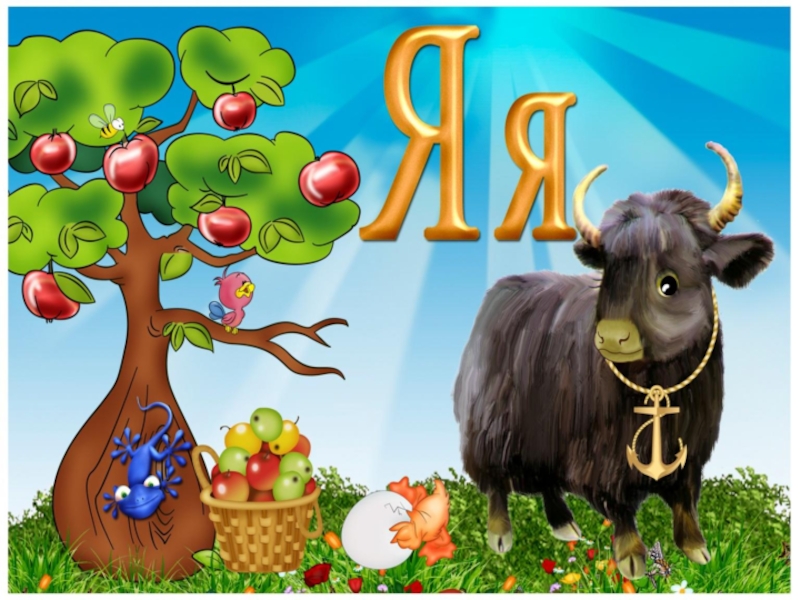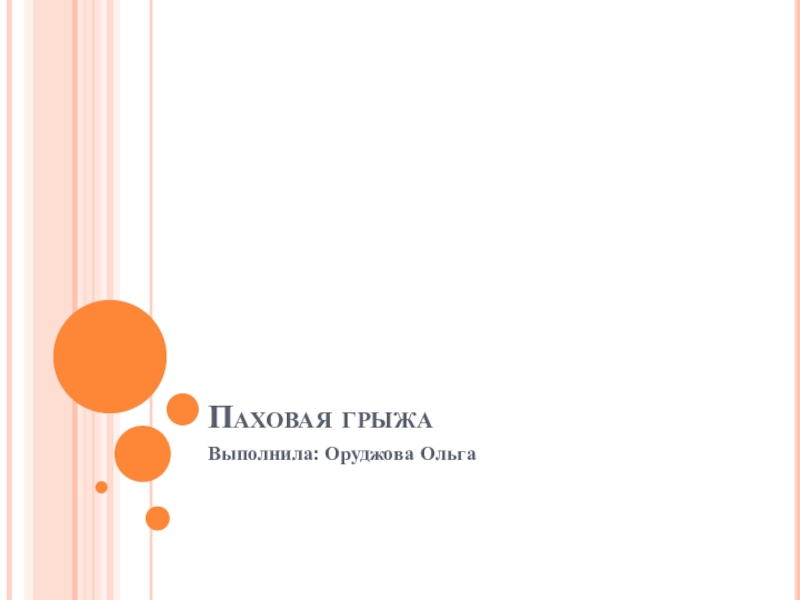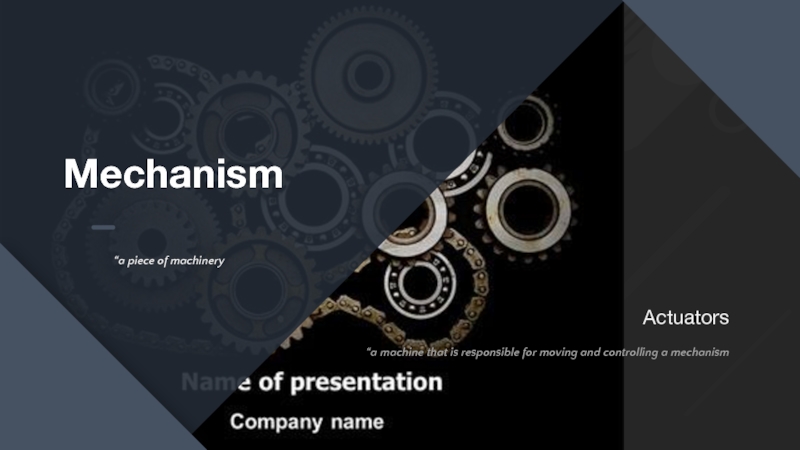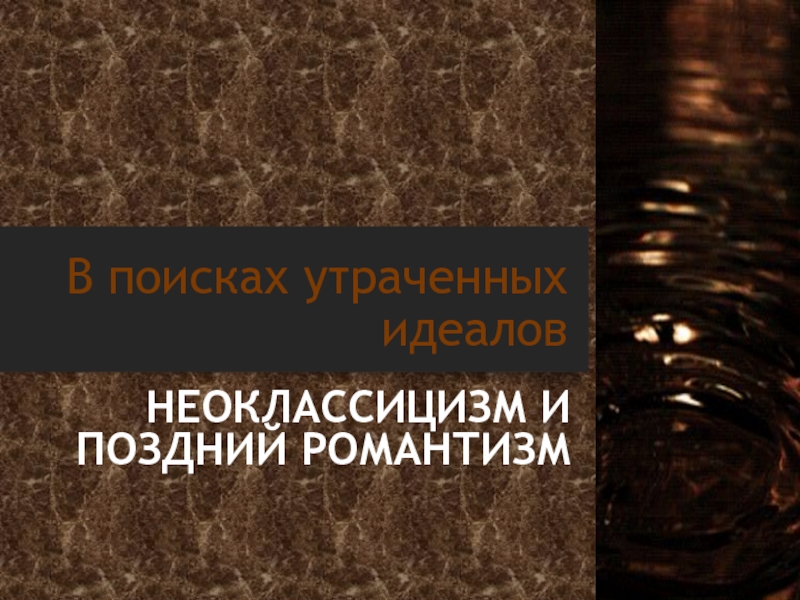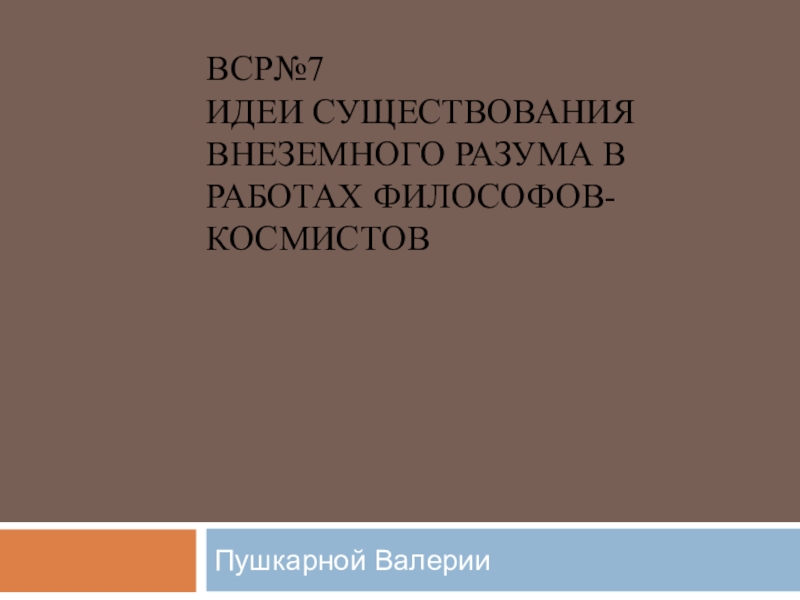Разделы презентаций
- Разное
- Английский язык
- Астрономия
- Алгебра
- Биология
- География
- Геометрия
- Детские презентации
- Информатика
- История
- Литература
- Математика
- Медицина
- Менеджмент
- Музыка
- МХК
- Немецкий язык
- ОБЖ
- Обществознание
- Окружающий мир
- Педагогика
- Русский язык
- Технология
- Физика
- Философия
- Химия
- Шаблоны, картинки для презентаций
- Экология
- Экономика
- Юриспруденция
Aim
Содержание
- 1. Aim
- 2. TasksTo study historical background – main events,
- 3. Methods-Textbooks-Internet
- 4. Practical ValueThe results of the research will
- 5. Educational ValueThe results will help us to
- 6. English LiteratureThe Medieval Period(Old English and Middle English)
- 7. England before the EnglishWhen the Roman legions
- 8. England before the Englishgroup of pagan people
- 9. By 600, Anglo-Saxons conquer the Britonslanguage becomes
- 10. By 700, Christian missionaries arrive to convert
- 11. In 1066, the Normans (French speaking people
- 12. Welcome to England and the English… an
- 13. What was it like to live in the Middle Ages?
- 14. The 3 Estates in the Middle AgesThe
- 15. feudalismThe economic system of much of
- 16. Chivalry A product of feudalism, chivalry was
- 17. The ChurchProvided guidance through well known precepts..Seven Deadly SinsPrideGreedWrathEnvyGluttonySlothLust
- 18. The Wheel of FortuneThe idea of Fortune
- 19. It served to remind of the temporality
- 20. the Ptolemaic UniverseImagine a sphere that
- 21. Слайд 21
- 22. Слайд 22
- 23. With the Crusades comes The Black
- 24. Literature During the Medieval Period
- 25. LanguagesLatin was the language of the Roman
- 26. A notable amount of medieval literature is
- 27. WritingsCatholic clerics were the intellectual center of
- 28. Characteristics of Medieval LiteratureHeroismfrom both Germanic and
- 29. Use of AllegoryAn allegory is a figurative
- 30. The Ideal of Courtly LoveThis relationship was
- 31. The knight's love for the lady inspires
- 32. “Courtly love" was not between husband and
- 33. “Courtly love" provided a model of behavior
- 34. The lady is typically older, married, and
- 35. The literary model of courtly love may
- 36. The "symptoms" of love were described as
- 37. The QuestIn addition to the theme of
- 38. A quest is a hero’s journey towards
- 39. Usually, an inner and outer problem for
- 40. Excuses are used to avoid the call
- 41. The hero faces his greatest fearThe hero
- 42. The HeroIs often of divine descent endowed
- 43. Characteristics of Medieval LiteratureRomanceSir Gawain and the
- 44. Скачать презентанцию
Слайды и текст этой презентации
Слайд 2Tasks
To study historical background – main events,
population, position of
Christianity
To find out what affected the language
Learn about ‘Black Death”
To
find out characteristics of medieval literature Слайд 4Practical Value
The results of the research will help us to
be tolerant, be able to support communication with native speakers
because it is important to know the history of EnglandIt will be also very useful in our future career as we can use the results as the illustrative material for the pupils , make up different tasks based on the results of project work
Слайд 5Educational Value
The results will help us to learn the Medieval
period which is very important for the language
We will get
acquainted with the peculiarities of the medieval literature which will expand our knowledge.We are eager to share the information with our fellow-students.
Слайд 7England before the English
When the Roman legions arrived, they found
the land inhabited by “Britons.”
Today, the Britons are known
as the CeltsStonehenge
no written language
The Britons were absorbed into Roman society
Latin is spoken
Romans withdraw as the Empire crumbles, leaving the Britons behind
Слайд 8England before the English
group of pagan people from Northern Europe
begin a series of invasions
Anglo-Saxons (Angles, Saxons, Jutes)
bring Germanic languages
still
have their languageWednesday…day of Woden, father of the gods
Thursday…day of Thor, god of war
Woden--father of the gods
Слайд 9By 600, Anglo-Saxons conquer the Britons
language becomes more Germanic
still retains
some Latin
The Anglo-Saxons’ two urgings--war and wandering become part of
the oral traditionBeowulf is an example of an Anglo-Saxon hero tale
Beowulf battles Grendel’s mother
Слайд 10By 700, Christian missionaries arrive to convert the pagans
Latin (the
language of the Church) returns
King Alfred
the Britons become organized
first true
king of the Britonsperiod of prosperity
King Alfred brings an age of prosperity
Слайд 11In 1066, the Normans (French speaking people from Normandy), led
by William the Conqueror attack and defeat the Britains (a
blend of the Britons and Anglo-Saxons) at the Battle of Hastingsthe 3rd language is introduced--French
French culture and French literature arrives
Слайд 12Welcome to England and the English… an island of peoples, languages,
and divisions...
Latin -- church, schools
French -- court, castle
English -- commoners
The
White Tower in London…part of William’s legacy
Chartres Cathedral
Слайд 14The 3 Estates in the Middle Ages
The idea of estates,
or orders, was encouraged during the Age, but this ordering
was breaking down.Clergy
Latin chiefly spoken, those who pray, purpose was to save everyone’s soul
Nobles
French chiefly spoken, those who fight, purpose was to protect—allow for all to work in peace—and provide justice
Commoners
English spoken, those who work, purpose was to feed and clothe all above them
Слайд 15 feudalism
The economic system of much of the Middle Ages
(800-1100)
Commoners (peasants) lived on a feudal manor. The lord of
the manor gave his vassals (the peasants) land to farm. In return, the vassals received protection from roving bandits. Yet they were taxed and had to surrender a portion of their crops to the lord.
it was better to be a lord than a vassal!
Feudalism is important as it created ties of obedience and fostered a sense of loyalty between the vassals and their lord.
A tenant (vassal) renews his oath of fealty to his lord
Слайд 16Chivalry
A product of feudalism, chivalry was an idealized system
of manners and morals
Restricted to nobility
The Medieval knight was bound
to the chivalric code to be loyal to…God
his lord
his lady
Chivalric ideals include...
benevolence
brotherly love
politeness
Sir Gawain is an example
Слайд 17The Church
Provided guidance through well known precepts..
Seven Deadly Sins
Pride
Greed
Wrath
Envy
Gluttony
Sloth
Lust
Слайд 18The Wheel of Fortune
The idea of Fortune and her wheel
was one of the most pervasive ideas throughout the Middle
Ages.On the wheel are depicted four figures: one at the top, one at the bottom, one rising, and one falling.
Слайд 19It served to remind of the temporality of earthly things.
The Wheel helps understand the medieval mind, and it can
help remind us that the important things in life come from within, that hard work has its own merits. An award, an office, a title--these are not the things that make for greatness. Слайд 20the Ptolemaic
Universe
Imagine a sphere that encloses another that holds
another that holds yet another…and continues into heaven…
It is a
commonly held myth that people of the Medieval period thought the Earth was flat…FALSE!It was round, but at the center of the universe!
So what! Well, the people of the Medieval period loved order! Remember the Three Estates, the Seven Deadly Sins—a place for everyone and everyone in that place.
Watch for this order to begin to be displaced…
Слайд 23With the Crusades comes
The Black Death
spreads along trade routes
kills
much of the population
the plague outbreaks occur through the Middle
Ages and into the RenaissanceParadoxically, the Plague provides for continued growth in cities
Afterwards, hundreds of new jobs available
Many debts “died off” with creditors
also contributed to society’s culture
Слайд 25Languages
Latin was the language of the Roman Catholic Church, which
dominated Europe
The Church was the only source of education
Thus, Latin
was a common language for Medieval writings.Слайд 26A notable amount of medieval literature is anonymous. Medieval authors
often tended to retell and embellish stories they heard or
read rather than invent new stories.Слайд 27Writings
Catholic clerics were the intellectual center of society in the
Middle Ages, and it is their literature that was produced
in the greatest quantity.Слайд 28Characteristics of Medieval Literature
Heroism
from both Germanic and Christian traditions, sometimes
mingled
Beowulf
Sir Gawain and the Green Knight
Presentations of idealized behavior
literature as
moral lessonloyalty to king
chivalry
use of kennings (especially in Beowulf)
A figurative, usually compound expression used in place of a name or noun. Example, storm of swords is a kenning for battle.
Слайд 29Use of Allegory
An allegory is a figurative mode of representation
conveying a meaning other than the literal.
Much of medieval literature
relied on allegory to convey the morals the author had in mind while writing--representations of abstract qualities, events, and institutions are thick in much of the literature of this time. Слайд 30The Ideal of Courtly Love
This relationship was modeled on the
feudal relationship between a knight and his liege lord.
The
knight serves his courtly lady with the same obedience and loyalty which he owes to his liege lord. She is in complete control; he owes her obedience and submission
Слайд 31The knight's love for the lady inspires him to do
great deeds, in order to be worthy of her love
or to win her favor.Слайд 32“Courtly love" was not between husband and wife because it
was an idealized sort of relationship that could not exist
within the context of "real life" medieval marriages.In the middle ages, marriages amongst the nobility were typically based on practical and dynastic concerns rather than on love.
Слайд 33“Courtly love" provided a model of behavior for a class
of unmarried young men who might otherwise have threatened social
stability.Knights were typically younger brothers without land of their own (hence unable to support a wife).
They became members of the household of the feudal lords whom they served.
Слайд 34The lady is typically older, married, and of higher social
status than the knight because she was modeled on the
wife of the feudal lord, who might naturally become the focus of the young, unmarried knights' desire.Слайд 35The literary model of courtly love may have been invented
to provide young men with a model for appropriate behavior.
It taught them to sublimate their desires and to channel their energy into socially useful behavior (love service rather than wandering around the countryside, stealing or raping women.Слайд 36The "symptoms" of love were described as as if it
were a sickness.
The "lovesick" knight’s typical symptoms: sighing, turning
pale, turning red, fever, inability to sleep, eat or drink.Слайд 37The Quest
In addition to the theme of Courtly Love, the
Quest was highly important:
the code of conduct observed by a
knight errant who is wandering in search of deeds of chivalry. This knight is bound by a code of behavior - a set of conventional principles and expectationsСлайд 38A quest is a hero’s journey towards a goal. The
objects of quests require great exertion on the part of
the hero, and the overcoming of many obstacles.The hero's must obtain something, or someone, by the quest and with this object return home.
Слайд 39Usually, an inner and outer problem for the character is
set.
The hero is introduced; audience identifies with them
The hero
lacks something, has a tragic flaw, or a deep wound The call often produces disorientation and discomfort for the hero
The call is often in the form of a dire warning
Слайд 40Excuses are used to avoid the call
This hesitation illustrates
the formidability of the challenge ahead
Resistance creates change and
strength, allowing the hero to grow A physical or metaphorical crossing is made
The crossing is an irrevocable leap of faith, from which there’s no turning back
Слайд 41The hero faces his greatest fear
The hero “dies,” so he
can be reborn
The hero gains new perception
This new
perception may create a moment of clarityThe moment may be of great self-realization for the hero
It may also be an epiphany for the hero’s companions
Слайд 42The Hero
Is often of divine descent endowed with great strength
and ability" or "a man admired for his achievements and
noble qualities"Слайд 43Characteristics of Medieval Literature
Romance
Sir Gawain and the Green Knight
A narrative
in prose or verse that tells of the adventures and
heroic exploits of chivalric heroesexploits of knights
often a supernatural element involved
Christian message
concern with salvation and the world to come
no interest in social change
until the late 14th century
Chaucer signals new thinking, up-ending social order
